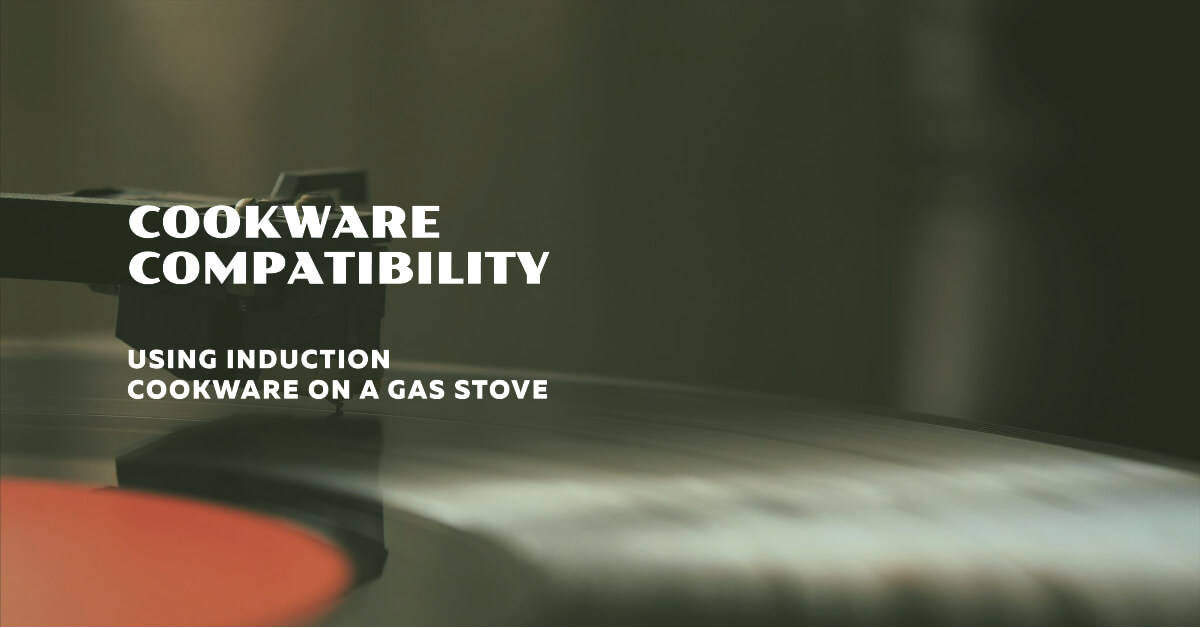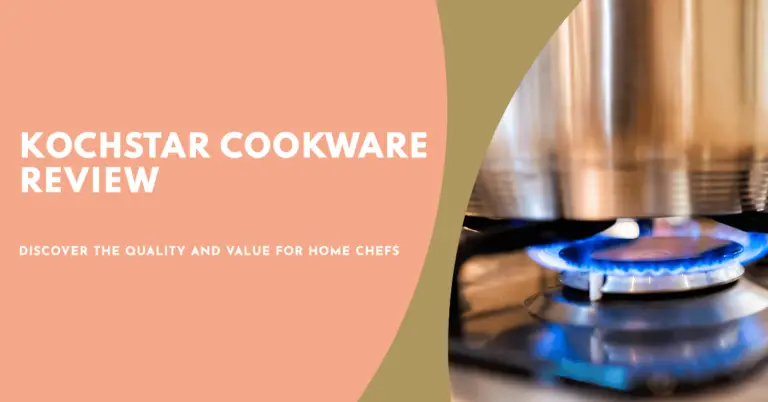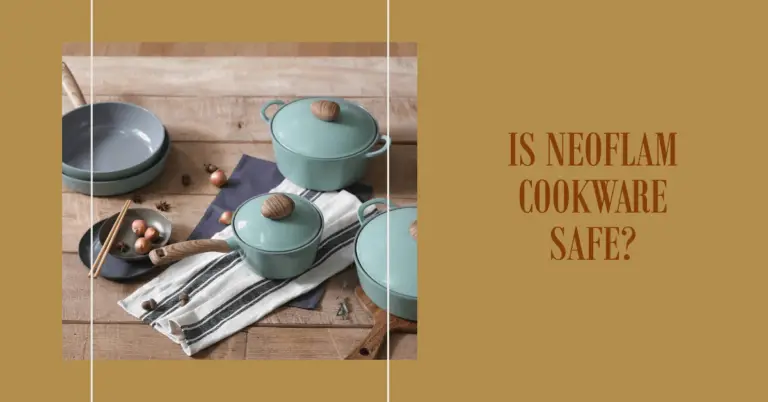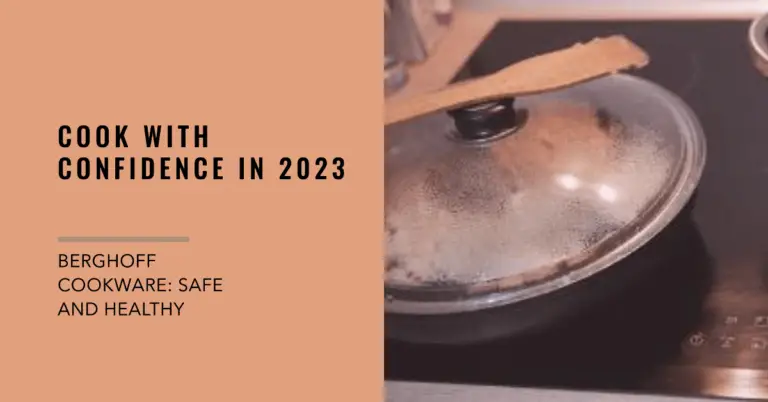Can You Use Induction Cookware on a Gas Stove?

Cooking with induction cookware is fast becoming the hottest trend in home kitchens. But can you use induction pots and pans safely and effectively on a traditional gas stove?
The short answer is yes – induction cookware will work on a gas range. However, you won’t get the rapid, precise heating that induction cooking is known for.
In this post, we’ll cover everything you need to know about using induction cookware on a gas stove:
- How induction cooking works
- The properties that make induction cookware unique
- Why induction pans and pots are compatible with gas
- Tips for cooking with induction cookware on a gas range
- The pros and cons of using induction on gas
Knowing this will help you make the most of your induction cookware, even if you haven’t yet made the switch to an induction cooktop.
The Growing Popularity of Induction Cooking
First, let’s look at why induction cooking is becoming so popular in the first place:
- Speed – Induction cooktops heat up pans instantly. There’s no warmup time.
- Responsiveness – Temperature adjustments happen immediately. You have superior simmering ability.
- Efficiency – Induction only heats the pan itself, not the surface below. This makes it 90% efficient compared to gas at about 55% efficiency.
- Safety – No open flame. The surface only heats up from contact with the pan.
- Cleanability – Induction glass tops are smooth and easy to clean. No burnt on food or residue.
With these advantages, it’s easy to see the appeal of induction cooking. Sales of induction ranges and cooktops have risen sharply over the past 5 years. However, induction stovetops require purchasing new cookware since not all pans and pots work.
How Does Induction Cooking Work?
To understand if induction cookware will work on a gas stove, you first need to know how induction cooking functions.
Induction uses electromagnetic energy to directly heat the pan itself instead of relying on thermal conduction from a hot surface below.
Here’s how it works:
- An induction burner contains copper coils beneath the glass surface.
- When electricity flows through the coils, it creates a high-frequency oscillating magnetic field.
- When you place ferromagnetic cookware on top of the induction burner, the pan gets heated through electromagnetic induction.
- The magnetic field excites the molecules in the pan, causing them to vibrate rapidly and generate heat.
So really, the pan itself becomes the heat source rather than the stove surface. This allows for faster, more energy efficient, and more controllable cooking.
Properties of Induction-Ready Cookware
For a pan or pot to work on an induction cooktop, it must have certain properties:
- Made of a ferromagnetic material that can be induced by the magnetic field. Common materials include cast iron, stainless steel, and magnetic stainless steel.
- A flat bottom and smooth surface to have maximum contact with the induction cooker.
- Often heavier material like cast iron that can hold and distribute heat well. Copper and aluminum won’t work.
- Contains iron in the metal composition. Manufacturers usually indicate induction-ready cookware as “induction compatible.”
So in summary, induction cookware contains special properties to get heated by magnetic induction that standard cookware does not have.
Why Can Induction Cookware Be Used on a Gas Stove?
Given the unique functionality of induction pans and pots, you may wonder if they’ll work on a traditional gas range.
The answer is yes. Here’s why:
- Gas stoves work by heating the cookware through regular thermal heat conduction. The gas burner simply conducts heat to the pan bottom.
- While induction pans and pots are optimized for magnetic induction, they will still get heated from the thermal energy of the gas flame.
- The induction cookware materials like cast iron and stainless steel conduct heat well on their own, even without induction.
- So you can safely use induction fry pans, pots, dutch ovens, etc on a gas stove. The cookware will get hot and function normally.
- However…you won’t achieve the rapid heating, precision temperature control, and efficiency of true induction cooking.
So in summary, any pan or pot designed for induction cooking will certainly work on a gas range. You just won’t unlock the benefits that make induction so special.
Tips for Cooking with Induction Cookware on Gas
While induction pans and pots are compatible with gas stoves, you may need to adjust some techniques for best results:
- Preheat on a lower setting – Induction cookware is designed to heat up very quickly and evenly. High preheat temps on gas may burn food.
- Use medium or medium-low heat – The great retention of induction cookware means food may scorch on too high a flame before the pan fully heats.
- Stir frequently – With induction, the entire pan surface heats evenly. On gas, you’ll have more hot spots. Frequently stirring helps prevent burning.
- Add a bit more oil/fat – Induction cooking often requires little to no oil since the pan itself is the heat source. Use a tad more when cooking on gas to prevent sticking.
- Allow more time to simmer – One advantage of induction is the immediate responsiveness for simmering or rolling boils. Gas will have a slight lag time in temperature adjustment.
With some small adjustments, you can cook very effectively on a gas stove with induction-ready cookware. The pans will heat evenly and reliably. Just don’t expect the lightning quick heating ability!
The Pros and Cons of Induction Cookware with Gas Stoves
To summarize the key pros and cons:
Pros:
- Induction cookware works seamlessly on a gas stove in terms of heating and cooking capability.
- You can buy induction pans and pots to take advantage of their durability, distribution, and retention of heat.
- Gets you familiar with induction cookware for an eventual upgrade to an induction cooktop.
Cons:
- You don’t achieve the speed, responsiveness, and efficiency that makes induction cooking so desirable.
- Some learning curve to adjust heat settings and techniques for optimal cooking.
- Buying induction-ready cookware is an investment if you don’t have an induction cooktop.
So in the end, induction pots and pans will absolutely work on gas stoves. You’ll miss out on some of the advantages of true induction cooking. However, you’ll still benefit from quality cookware that heats evenly and retains heat well.
The Takeaway on Using Induction Cookware with Gas
Induction cooking is revolutionizing home kitchens with its precision, control, and efficiency. But not everyone is ready to take the plunge on new induction cooktops and ranges.
The good news is that induction cookware WILL work on traditional gas stoves. While you won’t get the rapid responsiveness of induction, your cookware will still heat up quickly and cook food evenly.
With a few cooking technique adjustments, induction pots and pans can be a great investment for gas stove owners. So don’t hesitate to purchase high-quality induction-ready cookware to use with your gas range. You’ll unlock better cooking performance while future-proofing for an eventual induction cooktop upgrade.



